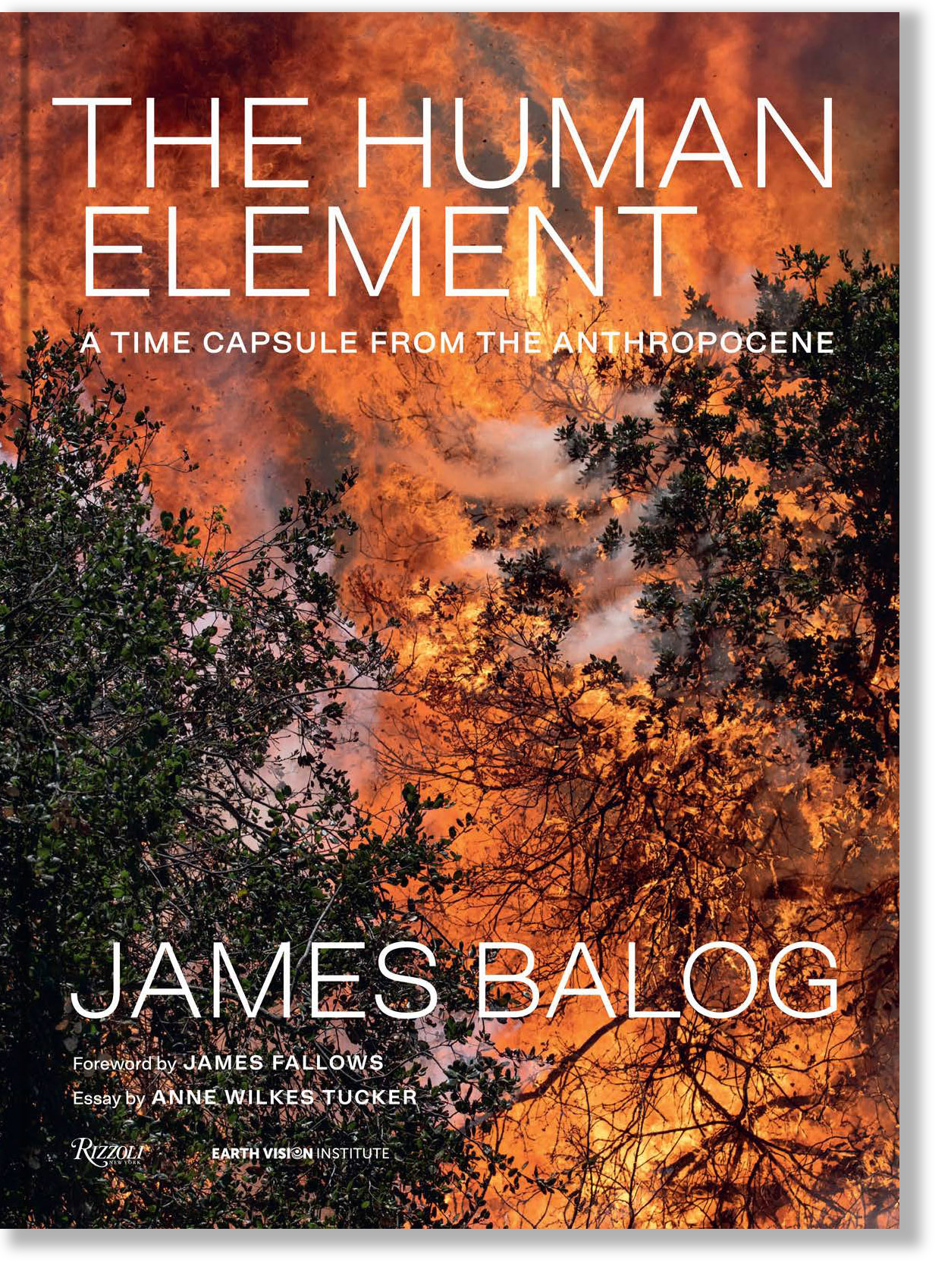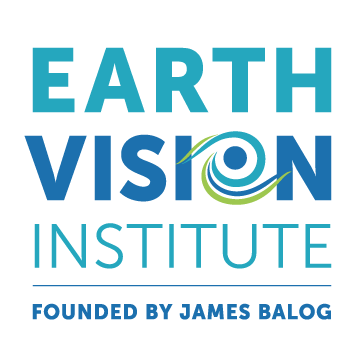
Order from your favorite independent bookstore or online bookseller.
In this magnum opus about human impact on our planet, world-renowned environmental photographer James Balog presents the most artistic, innovative, and encompassing view of the Anthropocene ever produced.
Humanity impacts the planet with such intensity that we are changing the nature of nature. This has given rise to a relatively new word, “Anthropocene,” as the name for our current epoch of time.
The Human Element: A Time Capsule from the Anthropocene gives a fresh interpretation of how environmental change—including an altered climate—impacts the health and future of humanity. With compelling photographs created between 1980 and 2020, it covers subjects ranging from catastrophic wildfires and melting glaciers, to floods, animal extinction, and deforestation, and is the product of more than a million miles of travel in North America, South America, Europe, Asia, Africa, the Arctic, and Antarctica.
The conceptual breakthrough underpinning this book is that acknowledging the reality of the Anthropocene—and dealing with its consequences—shouldn’t be avoided, as conventional thinking about the environment would have us do.
As James writes in the introduction:
There is no boundary, no contact zone, separating people from nature.
There is no such opposition as “people” and “nature,” but only one unified state of being.
In damaging nature we are damaging ourselves. In protecting nature we are protecting ourselves.
The Human Element: A Time Capsule from the Anthropocene is both an artistic tour de force and an environmental call to arms.
Reader Testimonials
Chapter Samples
I. NATURAL TECTONICS
“The dark hours are the best time for an encounter with lava. Night lets you clearly see where the mountain is molten. Night strips away the sky-blue blanket that swaddles our psyches, reminding us of the galactic void always looming above our heads.”
II. HUMAN TECTONICS
“Alter earth materials and we alter air. Alter air and we alter water. Alter any of those elements and we alter plant life, animal life, wildfires, all the other terms of our biologic existence. Every breath I take, everything I eat, every drop I drink, every mile I drive or fly: I am in and of human tectonics. Said the Spanish philosopher José Ortega y Gasset, “Yo soy yo y mi.” I am myself and my circumstances.”
III. TECHNO SAPIENS
“Techno sapiens is the essential agent of human tectonics in the Anthropocene. Wealthy Techno sapiens societies have impacts vastly greater than less prosperous ones, but nearly everyone living on this planet is a cell in that great heartbeat of Techno sapiens. From this naked fact, there can be no escape …”
IV. SURVIVORS: ANIMALS
“The pictures become a manifestation of what the animals and I do together. Somehow, they reach through the camera and tell us about themselves, asking us to reconsider the terms of engagement between our own species and the animal world.”
V. SURVIVORS: TREES
“We humans are losing the memory of what makes nature natural. The amnesia spreads from one generation to another as human tectonics gnaw away at the landscape…we find ourselves with no way to remember what we have lost because it is already gone. The great trees deliver an antidote to amnesia, helping us remember to remember.”
VI. CARBON BLACK
“We all drive our chariots of carbon fire. We all rely on carbon fuels to produce our clothing, food supply, lighting, the thermal comfort in our houses, and much more. Do other ties bind you to fossil fuels?”
VII. WILDFIRE
“Fire is a shape-shifting trickster. Fire is foe and fire is friend. Fire annihilates and fire rejuvenates. Fire purifies and fire terrifies. Fire cleanses and fire corrupts. Fire is an agent of human tectonics and fire is the result of human tectonics.”
VIII. VANISHING ICE
“Ice is where we can see and hear and feel climate change in action. Ice responds to the touch of the air and water around it. When it melts, ice declares in a voice loud and clear that the Earth is warming.”
IX. TO THE CHILDREN
“The hour is fleeting. The facts of life on Earth are clear, and I submit them for candid consideration: Human tectonics are changing the nature of nature.”








